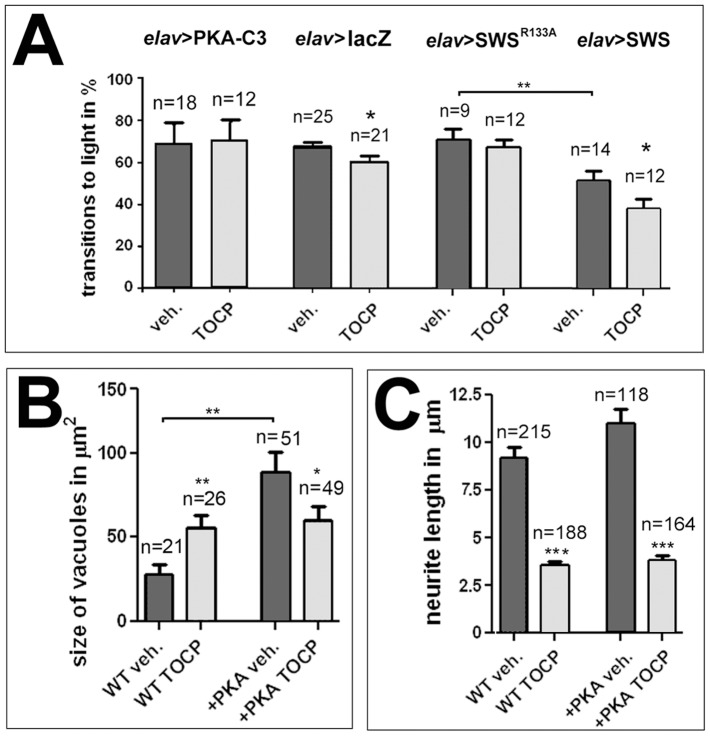Figure 9. PKA-C3 overexpression protects against TOCP-induced degeneration and behavioral deficits.
A. Flies expressing additional PKA-C3 in neurons via elav-GAL4 do not show the TOCP-induced reduction in performance seen in elav>lacZ control flies. Also flies expressing the PKA-C3 binding deficient SWSR133A construct are protected against TOCP-induced behavioral deficits. In addition, these flies do not show the reduction in performance observed in untreated flies overexpressing the wild type SWS construct (elav>SWS). B. Although PKA-C3 overexpressing flies show a significant increase in vacuole formation when untreated, TOCP treatment does not enhance this phenotype, but significantly reduces vacuole formation. C. PKA-C3 overexpression has no effect on the neurite shortening observed after TOCP treatment of primary neurons. n = is number of groups tested with 10–20 female flies each in A, n = number of cells or head sections analyzed in B and C. Student's t-tests were used to compare treated and untreated flies and to compare untreated SWS and SWSR133A overexpressing flies. A student's t-test was also used to compare vacuole size in untreated PKA-C3 overexpresing flies with controls in B. All flies used in the fast phototaxis assays were 14 d old females. SEMs are indicated in all graphs. *p<0.05, **p<0.01, ***p<0.001. (The variances were not significantly different in the tests done to compare vacuole size and behavioral deficits, but were different between treated and untreated cells: p<0.001).

